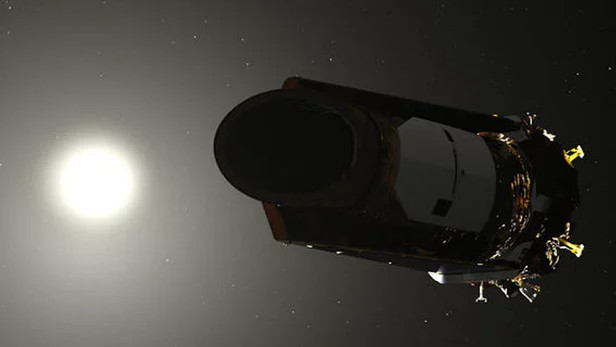The Kepler Space Telescope is about to stop operating in the next few months
After more than nine years, the Kepler Space Telescope mission may end.
Reason: running out of fuel. NASA engineers have determined that the unmanned space probe has only enough fuel to control the ship in the right direction for a few months. When the fuel runs out, the spacecraft will not be able to collect data or transmit information to Earth.
Launched from the Complex Launching the Cape Canaveral Air Force Station 17B on the Delta II missile on March 7, 2009, the Kepler Space Telescope has passed many initial explorations and has achieved considerable success. . Its initial estimate of operation was three and a half years, but then the glass was expanded to continue searching for alien planets as it revolved around the Sun in Earth's orbit about 94 million miles (151 million kilometer).

In 2013, it seemed that the mission of the train seemed to have ended when the balance wheel had a problem.
But NASA released a bug fix that allowed Kepler to use the solar wind to balance the ship's system. Although the telescope can now only move in one direction and it is not as stable as before, the new K2 mission allows Kepler to continue operating through 17 new exploration campaigns within three months.
According to NASA, Kepler's glass is facing a more difficult period because fuel is about to run out, just enough to keep the ship on track for both missions to observe and maintain contact with Earth.
Although there is no way to directly measure the amount of fuel consumed, engineers are monitoring the spacecraft for signs such as the pressure drop of the fuel tank, which will indicate when The ship will "die".
Kepler's current estimate is only operational a few months, but NASA insisted that the spacecraft survived and operated a little longer than originally estimated. With this in mind, the project team will continue to collect data about exoplanets as long as possible before the mission ends in a few months.
You should read it
- NASA announces 10 new 'copies' of Earth that we now know
- A close up of NASA's 'super terrible' spacecraft transport machine
- NASA wants to make spacecraft parts right on low Earth orbit
- Watch live the first SpaceX spacecraft launch event
- Kepler detects three new exoplanets orbiting 'super-Earth'
- NASA's spacecraft soared to the asteroid that could destroy the Earth for specimens
 NASA began assembling Mars 2020 spacecraft
NASA began assembling Mars 2020 spacecraft Detects a hot alien planet, about the same size as the Earth
Detects a hot alien planet, about the same size as the Earth 7 alien planet is more exotic than science fiction movies
7 alien planet is more exotic than science fiction movies This is a photograph of the first black hole of mankind, located in a galaxy 55 million light-years from Earth
This is a photograph of the first black hole of mankind, located in a galaxy 55 million light-years from Earth Hell planet has snow even though the temperature is over 2,750 degrees Celsius
Hell planet has snow even though the temperature is over 2,750 degrees Celsius